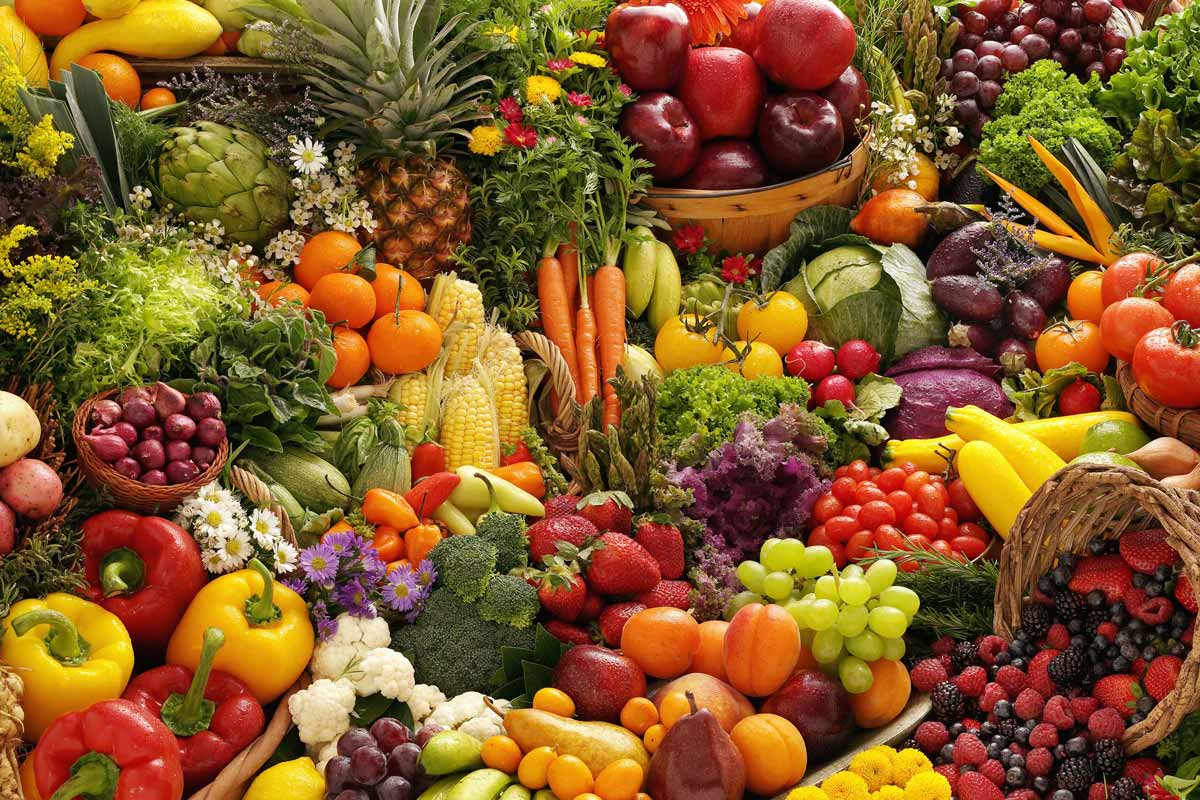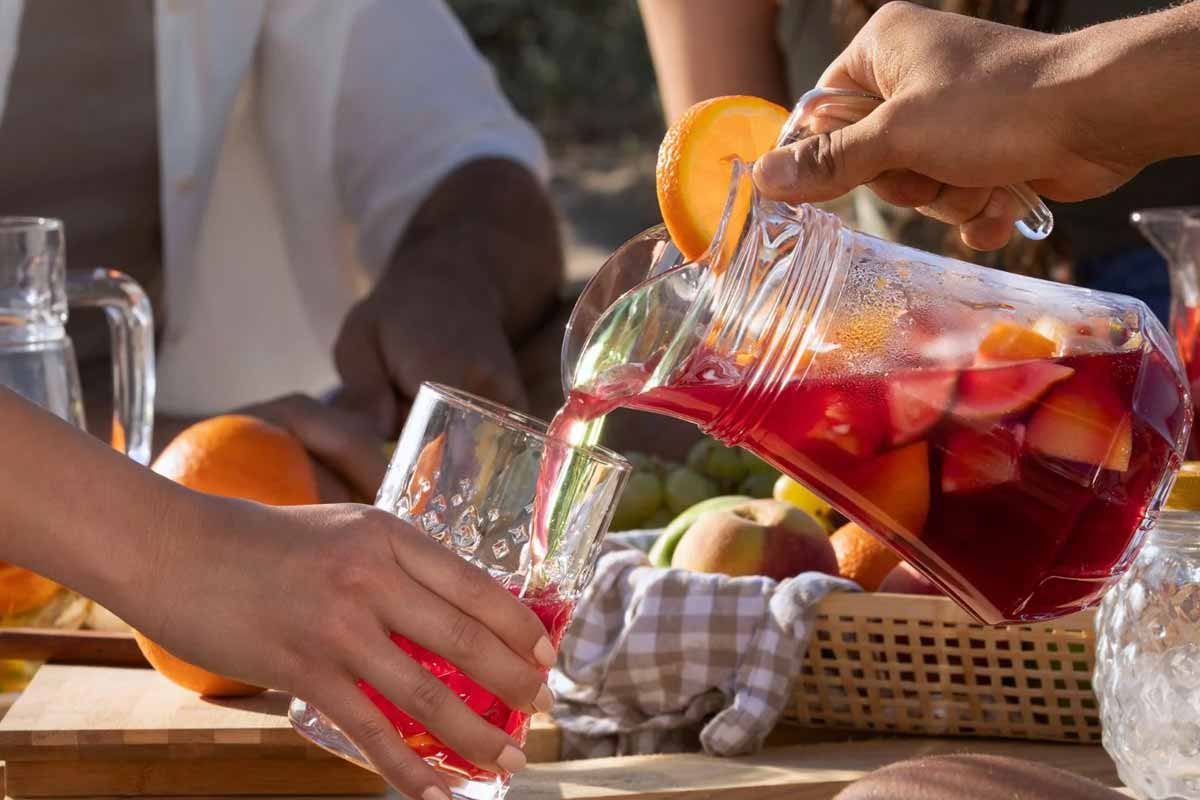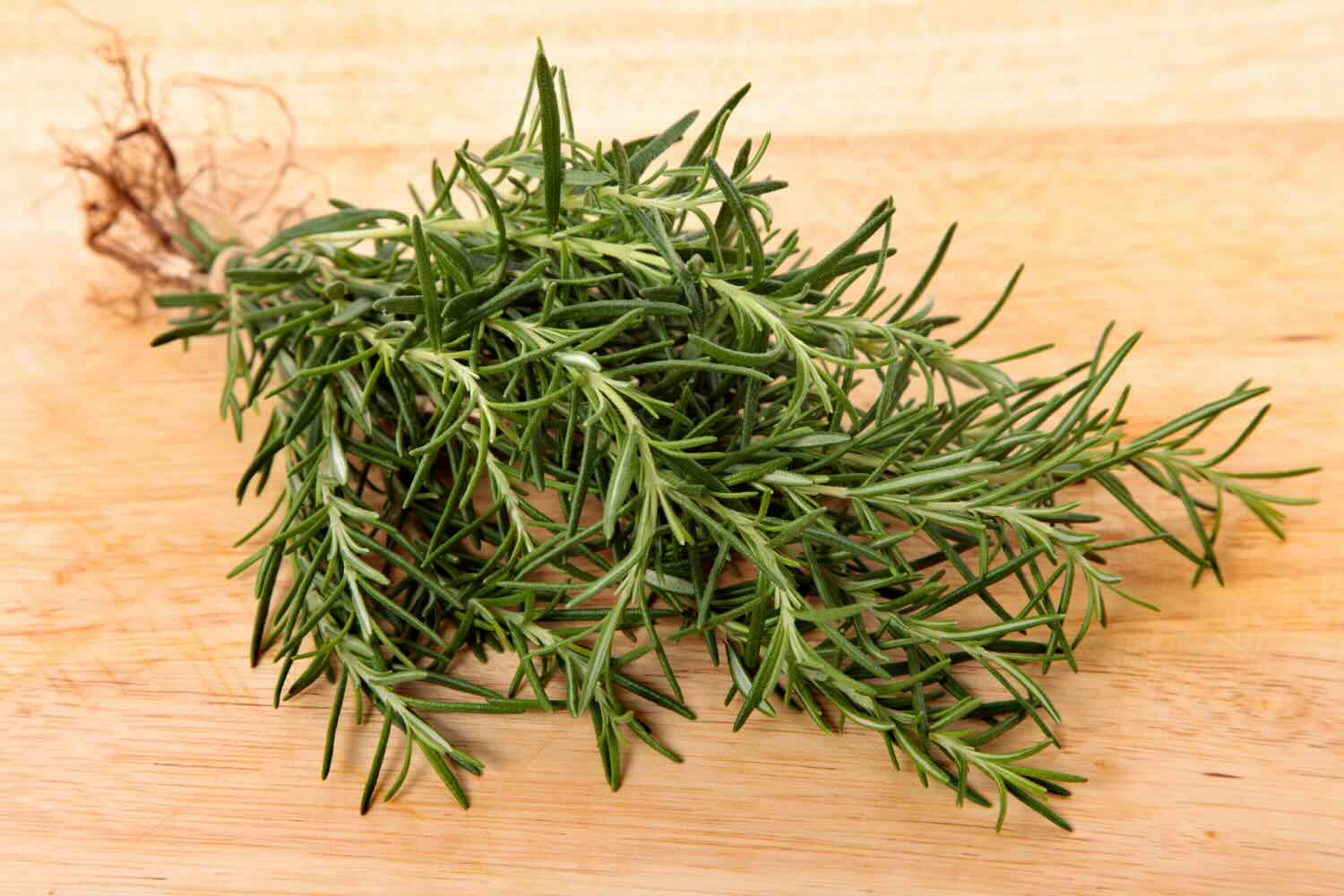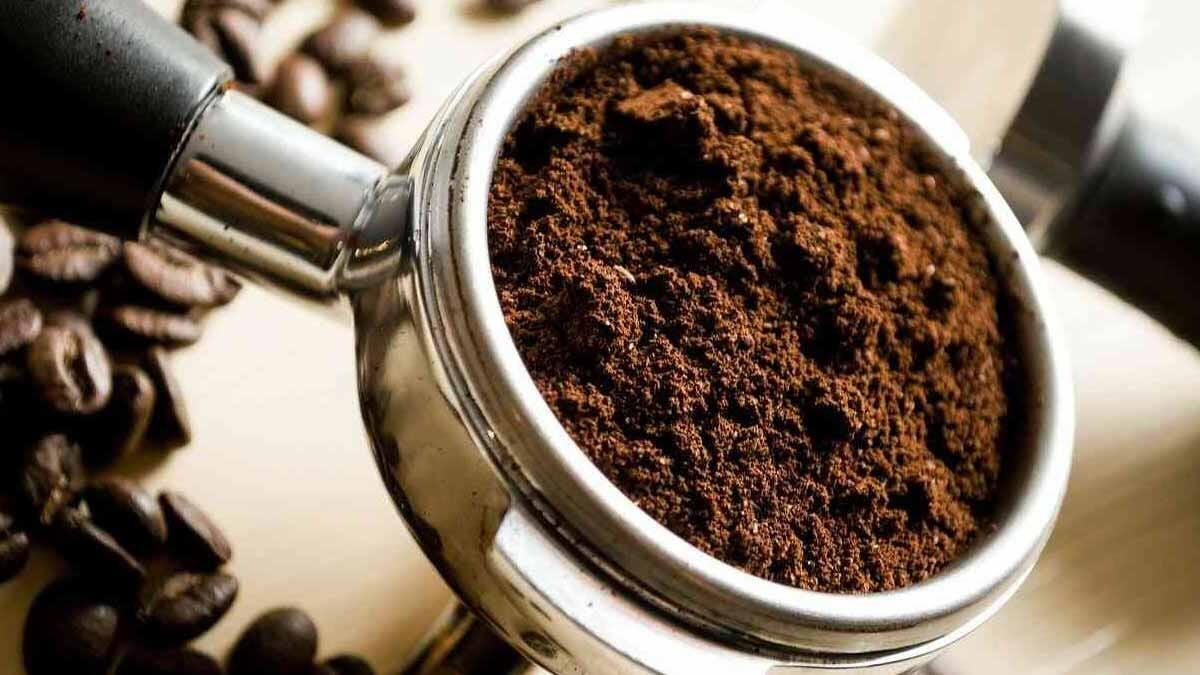A quiet shopping habit hides a bigger question : what stays on our produce after it’s picked? The latest data point straight at these fruits, and the concern is not abstract. Because many fruits are eaten raw, residues travel from field to table with ease, despite a quick rinse. You can lower exposure with smart choices, steady washing, and, when it makes sense, going organic. The goal is simple and practical : keep fresh food on the menu while cutting unnecessary risk.
Grapes stand out in the new EWG rankings
Neither squats nor jumps: the best water workout for seniors over 65 to boost strength and stability
EWG’s 2025 Shopper’s Guide ranks grapes among the most contaminated items in the United States. Nearly all conventional grape samples contained pesticide residues, often several at once. The guide evaluates both how many pesticides show up and how toxic they are, which places grapes in a particularly troubling position this year.
Why that matters is clear. Research links long-term exposure to combinations of pesticides with hormone disruption and possible developmental issues. The concern grows when residues layer together. Grapes are eaten skin-on, so residues can cling where you cannot peel them away. Washing helps, but it does not remove everything that sticks after treatment in the field.
You still have good options. Choose organic grapes when you can, including frozen organic bags that often cost less. They reduce overall chemical intake while keeping convenience. Even with organic, wash before eating, because the goal is reducing both residues and microbes. As fruits, grapes also benefit from careful storage to limit spoilage after cleaning.
Why fruits can carry residues from farm to table
Contamination does not start in your kitchen. It can occur in soil and water, then follow produce through harvest, packing, transport, storage, and handling. Each step adds touch points where traces may persist. That is why guidance stresses good practices from field to fridge rather than a single fix at the sink.
Skins make a difference. Grapes and many berries are eaten with their skins, which hold residues more easily. Washing under running water loosens surface particles better than soaking. Gentle rubbing or shaking helps, especially around the natural waxy bloom on grapes. Even then, some residues hold on, which keeps attention on smarter sourcing.
Method is crucial. Position grapes within a sanitized strainer, wash beneath chilled flowing water, and agitate them manually for enhanced coverage. Absorb moisture using a fresh cloth to reduce dampness that accelerates decay. Avoid detergent, chlorine, or specialized fruit cleaners; per FDA recommendations, they remain unnecessary and discouraged for items consumed fresh.
Wellness concerns, prudent selections, and routine purchasing strategies
Grapes stand among many. The Dirty Dozen™ emphasizes produce with elevated contamination: spinach, strawberries, and leafy vegetables like kale, collards, and mustard greens. Stone fruits including peaches, cherries, and nectarines similarly rank elevated, alongside pears and apples. Berries, particularly blackberries and blueberries, appear with consistent residues equally.
Simple habits cut exposure while keeping variety. When buying fruits that appear often on the high-contamination lists, prioritize organic when budgets allow. For others, rotate choices week to week so you are not repeating the same residue profile. Peeling can help for some items, though it is not practical for grapes and most berries.
Think storage and prep together. Wash just before eating so excess moisture does not shorten shelf life. Keep cleaned produce in breathable containers with a towel to absorb dampness. For packed lunches, dry thoroughly first. Small shifts add up, because lower residue intake over time matters more than any one shopping trip.
What the numbers say about berries, tubers, and peppers
Numbers in the guide carry useful nuance. Some conventional produce shows no detectable residues at all, which shows the range across crops. Others, though, carry several chemicals at once. That co-occurrence drives concern, since real-world exposure happens in mixtures, not in isolated single substances measured in a lab.
For berries, the picture is mixed. Over 90% of blackberry and blueberry samples contained detectable pesticides, a rate that aligns with their delicate skins and field exposure. Potatoes tell a different story: nearly 90% carried post-harvest chemicals such as chlorpropham, used to prevent sprouting in storage. Different crops, different residue paths.
Newly flagged items deserve attention. Bell and hot peppers, along with green beans, appear with high contamination and toxicity in current rankings. That does not mean avoidance forever; it means smarter selection. According to EWG’s methodology, both the count of pesticides and their toxicity influence placement, which helps shoppers weigh trade-offs.
Small choices that lower risk while keeping produce on the table
Grapes ascend to the pinnacle of present worry, yet actionable measures succeed. Select certified organic for the highest-hazard products when feasible, rely on frozen certified varieties for economy, and maintain the basic cleansing protocol consistently. Through thoughtful selections and proper preparation, you consume produce with reduced contaminants while preserving freshness, taste, and diversity in regular nutrition.











